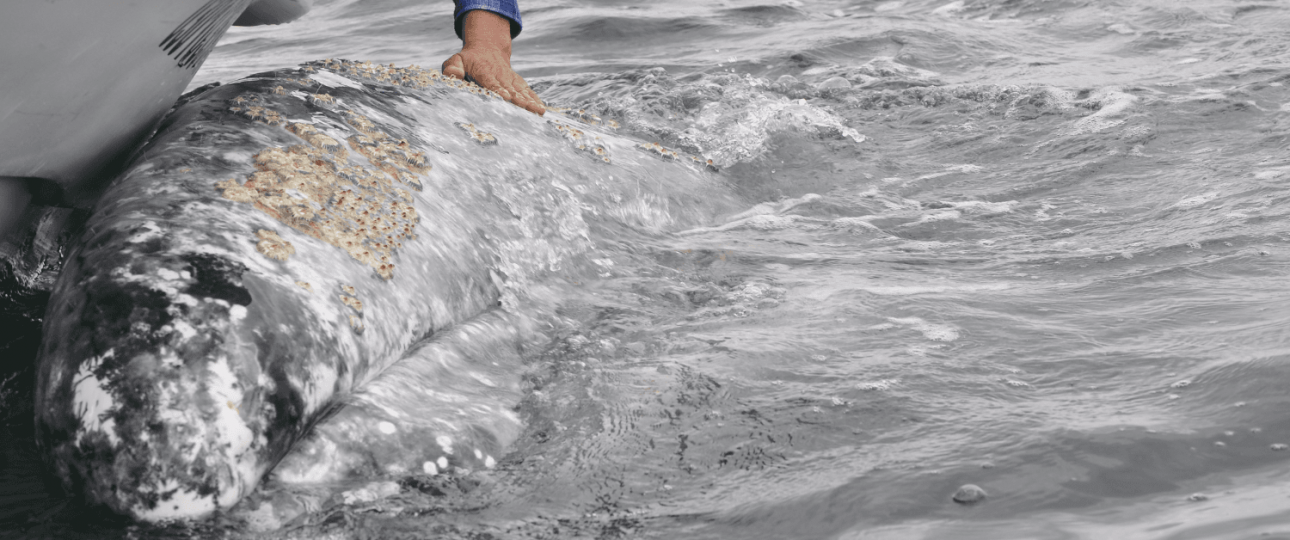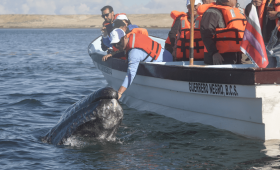The Baja California peninsula in Mexico is renowned as one of the world’s premier destinations for whale watching. From the majestic gray whales to the acrobatic humpbacks and elusive blue whales, this region offers visitors the opportunity to witness an incredible array of marine life in its natural habitat. However, with so many options and a diverse array of whale species, it’s essential to plan your Baja whale watching trip carefully to ensure the best possible experience.
The peak whale watching season in Baja generally runs from Late January through March, with each species having its own prime viewing window. The gray whales are the first to arrive, making the arduous 5,000-mile journey from their feeding grounds in the Bering Sea to the calm, sheltered lagoons of Baja’s Pacific coast. These gentle giants can be spotted as early as Christmas, with the best sightings typically occurring from January through March.
Simultaneously, from January through March visitors may also have the opportunity to spot the elusive blue whale – the largest animal on the planet in the Gulf of California. These gigantic creatures, which can grow up to 100 feet in length, are more challenging to spot, but the sheer awe of seeing them in the wild makes the effort worthwhile. The waters off the coast of Loreto, on the Sea of Cortez side of Baja, are known to be a prime feeding ground for blue whales during this time of year.
In addition to the prime viewing seasons, it’s also essential to consider the ideal locations for whale watching in Baja. While the entire peninsula offers exceptional opportunities, there are a few key areas that stand out as must-visit destinations:
– Laguna Ojo de Liebre a protected lagoon on the Pacific side of Baja is the primary birth and nursing grounds for the gray whales, making this a premier destination for close-up encounters with these gentle giants.
San Ignacio Lagoon, 100 miles farther south is another nursery lagoon, but has far fewer gray whales present, usually ¼ or 1/8 the number at Laguna Ojo de Liebre.
– Magdalena Bay: This expansive bay on the Pacific coast is even farther south by another 180 milers, so has even less gray whales present than at either of the other two locations.
– The Sea of Cortez: Also known as the “Gulf of California,” this body of water between the Baja peninsula and mainland Mexico is home to a diverse array of marine life, including blue whales, fin whales, and even the occasional killer whale.
Regardless of the season or location, one thing is certain: a Baja whale watching adventure is a truly unforgettable experience. By planning your trip with Baja Jones, you’ll be well on your way to encountering some of the ocean’s most majestic creatures in one of the world’s most beautiful and biologically rich regions.


